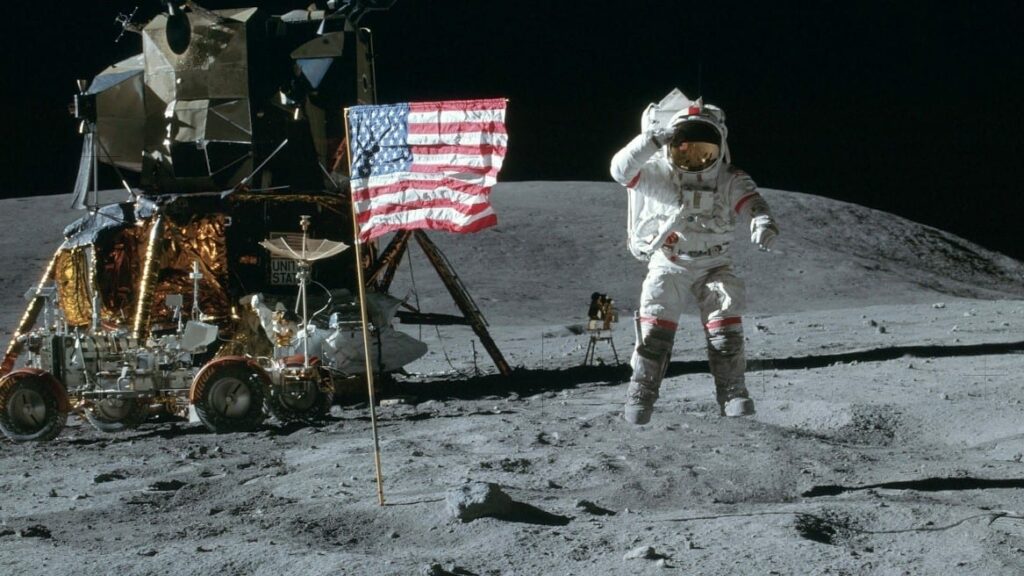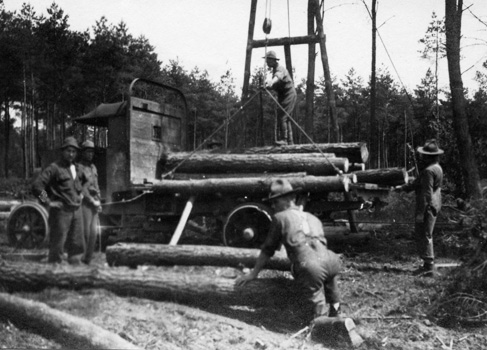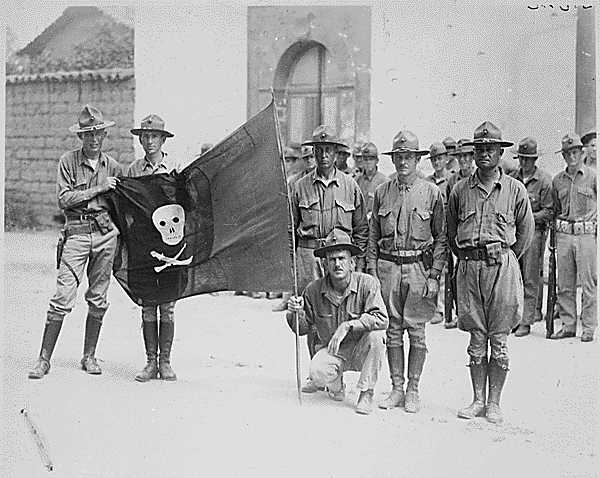Last weekend, Russia lost contact with its Luna 25 lunar lander, resulting in it crashing into the surface of the moon, effectively ending what many had dubbed a “mini space race” between Russia and India, as both nations rushed to send landers to the Moon’s south pole.
This incident serves as a stark reminder of just how difficult rocket science can be, but also, as a reminder of another significant failure of a lander from the same lineage: the Soviet Luna 15.
This is the story of how the Soviet Union crashed their Luna 15 lander on the moon, only a few hundred miles away from where Neil Armstrong was standing.
The Luna 15 story
Everyone knows the story of Apollo 11 landing on the moon, but fewer know about Luna 15, the Soviet lunar lander that was busy crashing into the moon’s surface as America’s astronauts toured the Sea of Tranquility.
On July 20, 1969, Neil Armstrong and Buzz Aldrin made history as they climbed out of the lunar module and onto the powdery soil of Earth’s moon. It was the crowning achievement for thousands of Americans who poured their blood, sweat, and tears into the Apollo program, and it was a massive PR victory for the United States after coming in second place time and time again to the Soviets.
After the United States developed the atomic bomb and used it to bring the Pacific theater of World War II to a close, the nation emerged as a global superpower without equal… but in 1949, the Soviets proved they had the atom bomb too. In 1958, they also matched America’s more powerful hydrogen bomb. In 1957, with the launch of Sputnik 1, the USSR was no longer chasing America’s tail… it was in the lead.
When the Soviets were winning the Space Race
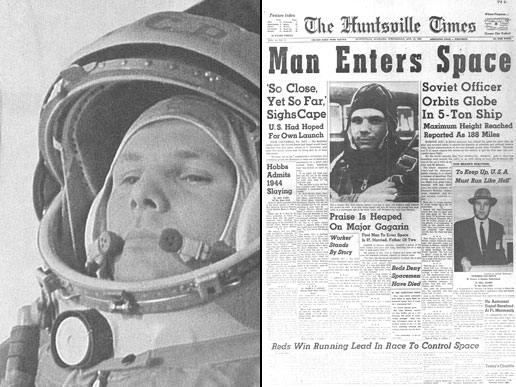
In 1959, the Soviets managed to reach the moon with a probe. In 1960, they put the first animals in orbit, and in 1961, Soviet cosmonaut Yuri Gagarin became the first human being to orbit the Earth. The technological tide had turned in the Soviets’ favor, and for the United States, it was nothing short of an existential crisis.
At the time, the competition between the space-dominating Soviet Union and the as-of-lately second-place United States was about far more than international prestige. In a very real way, the space race was about proving the efficacy of the American and Soviet governmental systems. Every Soviet success was a notch in the belt for the Soviet brand of communism, and America’s inability to compete in those early years was more than embarrassing and was seen as eroding the very fabric of America’s capitalist ideals. The United States was on its heels, but found renewed purpose on September 12, 1962, when President John F. Kennedy declared America would make it to the moon by the end of the decade.
For NASA’s engineers who had been struggling to put Gemini capsules into orbit 350 miles above the Earth, Kennedy’s claims seemed nearly impossible. In order to travel to the moon, NASA had to cover 240,000 miles, land, and make it all the way back. This pressing need for innovation led to the development of the most powerful rocket mankind has ever seen: the mighty Saturn V.
Related: Project Horizon: Nukes and shotguns on the moon
Apollo 11 vs. Luna 15
The Soviet Union was well aware of NASA’s Apollo program and its incredible effort to meet Kennedy’s deadline. The Saturn V was the most powerful rocket ever built; with a massive 7.5 million pounds of thrust, the rocket’s five F-1 engines would burn through 203,400 gallons of kerosene and 318,000 gallons of liquid oxygen in just under two and a half minutes. All of that firepower would carry the massive rocket through just the first 38 miles of the 240,000 it would need to cover in order to reach the moon’s surface. For many of the Saturn V’s components, Apollo 4’s launch was the first time they were even tested, in order to make the 1969 deadline.
But despite having the odds stacked against them, NASA would persevere – and as the Soviets struggled to field their own moon-capable rocket in the N1, it was becoming clear that Uncle Sam might beat them to it. It was with that in mind that Luna 15 was planned to land on the moon on the very same day as Apollo 11, or even sooner if possible. If for some reason the American effort failed, the Soviets would once again grab the headlines as the more successful space program.
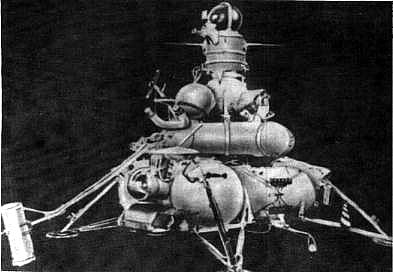
Luna 15 had actually beaten Armstrong and Aldrin to the moon by a few days, where it orbited quietly, waiting for the command to land. NASA’s astronauts were going to be gathering moon rocks and soil samples to bring back with them, and Luna 15 was given the same mission.
Today, we tend to think of the moment Apollo 11 radioed back to Earth to say “the Eagle has landed” as the end of the Space Race. It wasn’t. If the lander failed its launch back into orbit or failed to rendezvous with the command module, NASA’s astronauts would almost certainly die before ever making it back. And success was far from certain. President Nixon even had a speech prepared that he would deliver to the American people in the event of a disaster.
“Fate has ordained that the men who went to the moon to explore in peace will stay on the moon to rest in peace. These brave men, Neil Armstrong and Edwin Aldrin, know that there is no hope for their recovery. But they also know that there is hope for mankind in their sacrifice,” read the speech prepared for the president.
Related: How the CIA hijacked a Soviet spacecraft in 1959
Stealing Apollo’s thunder
If Nixon had needed to read his tragic speech, Luna 15 could become a rousing success story for the Soviet Union – succeeding in reaching the moon and returning with soil samples at the very same time America’s effort had failed.
By 1969, the Soviet space program was lagging behind NASA despite its early successes. Just as America once feared failure would be seen as indicative of capitalism’s flaws, the Soviet communist model was beginning to seem like it wasn’t up for such a daunting technological task. While America was rushing to meet Kennedy’s deadline, the Soviets were rushing to keep pace. In 1967, that rush spelled disaster for Cosmonaut Vladimir Komarov, as his Soyuz 1 capsule came apart during re-entry.

Even worse for the Soviets, Komarov was heard cursing out his Soviet leadership over the radio as the capsule burned around him. (Days prior, Soviet hero and backup for the mission Yuri Gagarin had demanded to fly in Komarov’s place, knowing the mission was destined for failure and hoping to give his life in order to save Komarov’s.) The Soyuz 1 disaster was a national embarrassment, and as Apollo 11 lifted off, the Soviets were hoping a similar fate would befall the American crew, giving Luna 15 the chance it needed to steal Apollo’s thunder.
The whole world knew about Apollo 11, but Luna 15 was still shrouded in secrecy as it made its way to the moon. The Soviet Union often only announced launches after the fact and only if they were successful, so while NASA knew there had been a launch and that there was a Soviet probe in orbit around the moon, they weren’t sure what that could mean for Apollo 11. Armstrong would go on to say that he “did not know about Luna 15 or its goal,” in an interview he gave in 2009.
Surprisingly, however, amid the Cold War and with the Space Race reaching a zenith, Apollo 8 astronaut Frank Borman called Soviet space official Academician Mstislav V. Keldysh, whom he’d met a few years prior. Despite the secrecy and competition, Keldysh sent NASA a telegraph with Luna 15’s orbital details, assuring him it would not interfere with Apollo 11.
A Soviet failure, a cover-up, and a couple of Americans on the moon
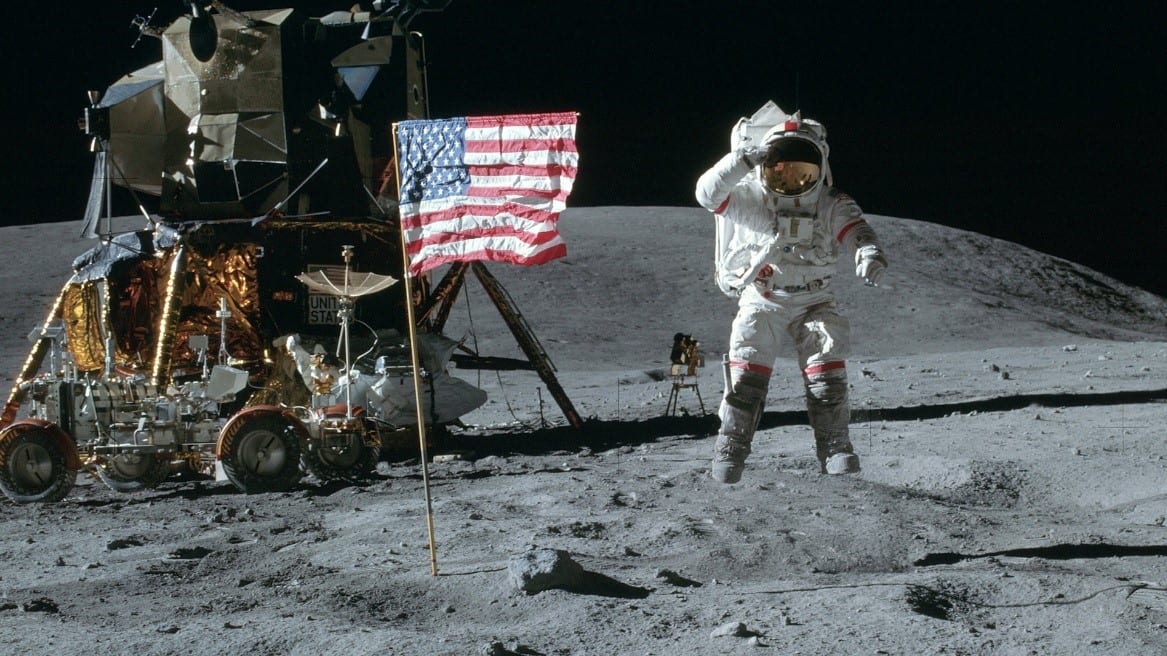
As Armstrong and Aldrin toured the moon’s surface, Luna 15 received the command to descend. The order, which British astronomers heard while listening to Soviet transmissions, came as a shock to just about everyone outside of the Soviet Union and NASA’s Mission Control. No one knew the probe had been designed to actually land on the Moon’s surface… but the surprise was short-lived.
As Luna 15 descended toward the moon’s surface, its retro rockets fired to guide its path, but its trajectory was off. Still moving at 298 miles per hour, the Soviet lander careened into a lunar mountain just 350 miles away from Aldrin and Armstrong.
“I say, this has really been drama of the highest order,” a British astronomer said afterward.
Despite the high drama, there was little in the way of press coverage at the time. Of course, Apollo 11’s success was the big story, but Luna 15’s failure was a closely guarded secret. Some scientists speculated that it may have been crashed on purpose to remove it from orbit. Little did most people realize, Luna 15’s failure really marked the end of the Space Race.
“The race to the moon ends when Luna 15 crashes,” said William P. Barry, NASA’s chief historian.
The failure would remain a secret for decades, but details finally emerged in the early ’90s, after the Soviet Union collapsed.
Editor’s Note: This article was originally published on April 2021.
Read more from Sandboxx News
- Russia is suffering from Ukraine’s cluster munitions, Russian colonel reveals
- How to get through Special Forces selection? Don’t be the ‘Grey Man’
- Iran claims to detect F-35s over the Persian Gulf. Here’s why it could be true
- The Army’s IVAS super-goggle prototypes have arrived but can they live up to the hype?
- SDV: The secret weapon of the Navy SEAL Teams
